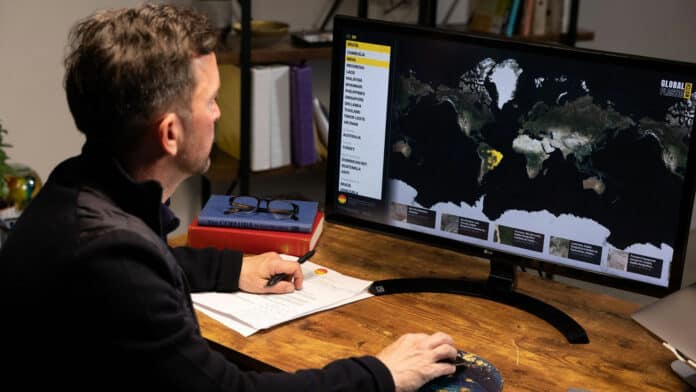A new computational system uses satellite data to identify sites on land where people dispose of waste, providing a new tool to monitor waste and revealing sites that may leak plastic into waterways. Caleb Kruse of Earthrise Media in Berkeley, California, Dr. Fabien Laurier from the Minderoo Foundation in Washington DC, and colleagues present this method in the open-access journal PLOS ONE on January 18, 2022.
Every year, millions of metric tons of plastic waste end up in oceans, harming hundreds of species and their ecosystems. Most of this waste comes from land-based sources that leak into watersheds. Efforts to address this issue require better understanding of where people dispose of waste on land, but resources to detect and monitor such sites—both official sites and informal or illegal ones—are lacking.
In recent years, the use of computational tools known as neural networks to analyze satellite data has shown great value in the field of remote sensing. Building on that work, Kruse and colleagues developed a new system of neural networks to analyze data from the European Space Agency’s Sentinel-2 satellites and demonstrated its potential for use in monitoring waste sites on land.

To evaluate the performance of the new system, the researchers first applied it to Indonesia, where it detected 374 waste sites—more than twice the number of sites reported in public records. Broadening to all countries across Southeast Asia, the system identified a total of 966 waste sites—nearly three times the number of publicly recorded sites—that were subsequently confirmed to exist via other methods.
The researchers demonstrated that their new system can be used to monitor waste sites over time. In addition, they showed that nearly 20 percent of the waste sites they detected are found within 200 meters of a waterway, with some visibly spilling into rivers that eventually reach the ocean.
These findings, as well as future findings using this system, could help inform waste-management policies and decision-making. The data are publicly available, so stakeholders can use it to advocate for action within their communities. Looking ahead, the researchers plan to refine and expand their new waste site-monitoring system globally.
The authors add: “For the first time, Global Plastic Watch arms governments and researchers around the world with data that can guide better waste management interventions, ensuring land-based waste doesn’t end up in our oceans.”
Journal Reference
- Kruse C, Boyda E, Chen S, Karra K, Bou-Nahra T, Hammer D, et al. (2023) Satellite monitoring of terrestrial plastic waste. PLoS ONE 18(1): e0278997. DOI: 10.1371/journal.pone.0278997
